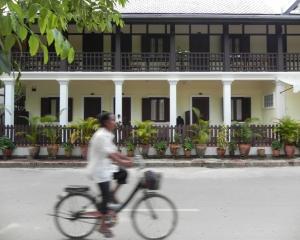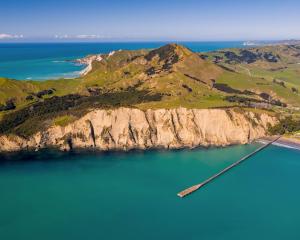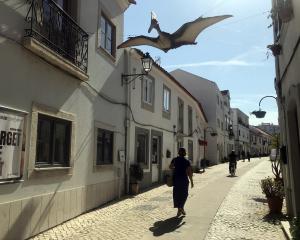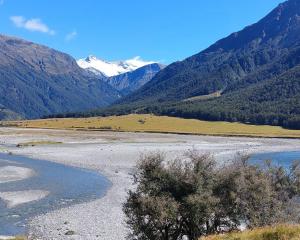
Wadi Rum Protected Area Aqaba, Jordan
An iconic red desert landscape where petroglyphs, camels and rock formations are found.
In southern Jordan, not far from the Saudi Arabian border, Wadi Rum Protected Area is an iconic desert landscape — famous for its rocks rising out of the sands, as well as its links with Lawrence of Arabia. It is a vast, red, sand-streaked valley of undulating hills and incredible iron oxide–laced rock formations built by nature to withstand the intensity of the desert heat. As the sun tracks its way across the desert sky, the whole scene can change from sepia to blood red to deep magenta and back again. Add a cloudless blue background and the long silhouette of a camel and this is a desert wilderness in all its glory.
Also known romantically as the Valley of the Moon, Wadi Rum is Jordan’s largest wadi — or dry valley — covering 720 square km.
It runs like a red, rippled sandy sea through a panorama of diverse natural rock formations, providing the perfect gallery from which to view them.
Sandstone and granite deposits have been smoothed and sculpted into rounded bullnose mountains with slippery landslide slopes, and chiselled into sharp-edged pointy skyscrapers with near-vertical drops. From the highest point, the Jabal Umm ad Dami massif, at 1840m, you can see across the Saudi border to the Red Sea.
Hidden among these lofty rock edifices are magnificent natural arches, crags, overhangs and narrow gorges whose echoes are dampened by the soft sandy surrounds. It’s a geological playground sprung from tectonic plate movement millions of years ago, and intense weathering and erosion in more recent centuries.
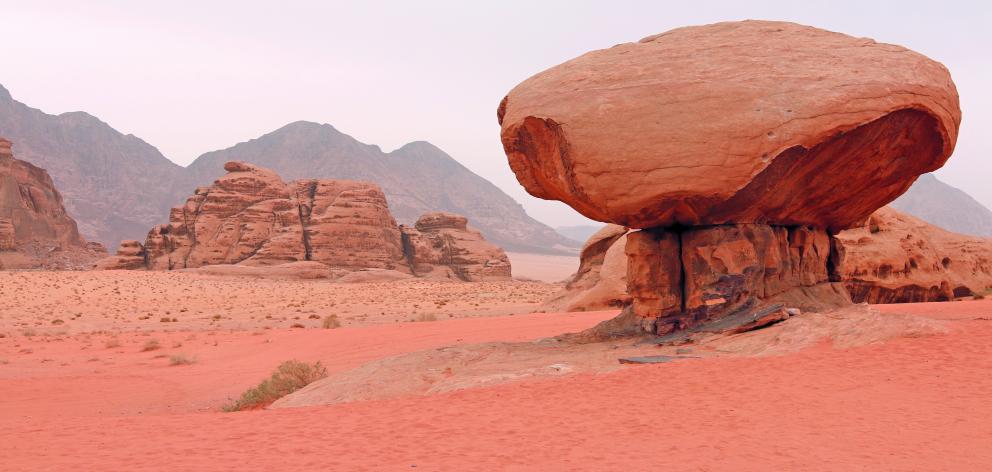
The film, winner of seven Oscars and still widely regarded by critics as one of the best made, gave the evocative desert landscape superstar status. Its profile encouraged the retention of the natural iconic desert setting and, in 1978, helped identify it as a potential nature reserve.
Over the ensuing years, development was kept at bay with a buffer zone established to ensure cultural treasures were preserved, such as the petroglyphs and archaeological sites of the ancient Arabic Nabataeans — famed for their city carved from stone at nearby Petra — and the incredible inscriptions of the Thamudic Peoples that detail the past 12,000 years of human habitation. Their protection and nurturing ensured the Jordan government declared Wadi Rum a protected area in 1998, and Unesco classified it as a World Heritage Site in 2011.
Wadi Rum’s fame in films has continued, with it featuring in The Martian (2015), Star Wars: The Rise of Skywalker (2019), Aladdin (2019) and Dune (2021), too.
The local Zalabia Bedouin people are largely responsible for managing tourism and development. The Zweideh tribe, who live in Disi on the northern edge of the protected area, play a smaller role. The other Bedouin tribes are the Omran, Godman, Sweilhieen and Dbour peoples. Some Zalabia still live semi-nomadically, but the majority live in the Wadi Rum village on the edge of the protected area. Their challenge is finding the balance between protecting the environment and maintaining the tourism industry that supports the livelihoods of the community.
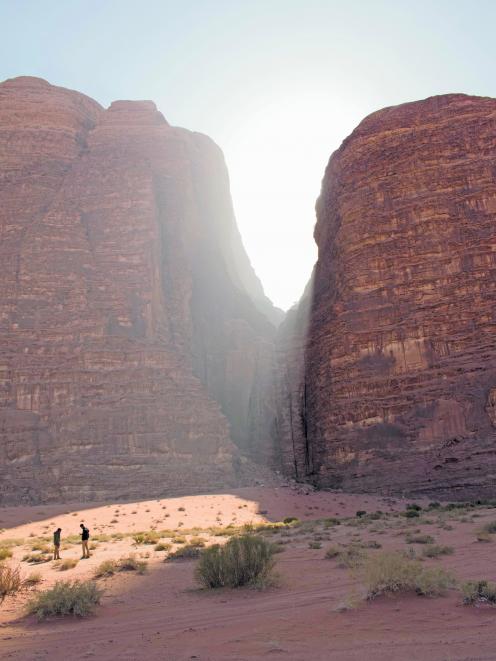
According to the Wadi Rum Protected Area’s website, the widespread damage caused to the fragile desert ecology by allowing "free-for-all" driving through the desert landscape has been rectified with single road networks created for tourist vehicles, thereby limiting further damage.
Wadi Rum is divided into two zones, a free access (or red desert) zone in the north where most of the tourism activities take place. The wilderness (or white desert) zone, in the south, where red iron oxide formations give way to golden scenery more typical of other deserts, is a worthy slow travel option with fewer crowds.
Though wildlife doesn’t form part of Unesco’s World Heritage criteria, the desert ecosystem supports a surprising number of species. Their nocturnal habits ensure they’re not often seen, but they’re here. Mammal species include Asiatic jackals, Arabian red foxes and desert hedgehogs that live alongside near-extinct striped hyenas and Nubian ibex (mountain goats with characteristic rear-facing horns). The Arabian oryx, hunted to extinction a century ago, was successfully reintroduced to Wadi Rum in 2002 and now lives in a protected area in the wilderness zone. Other desert critters, including vultures, eagles, lizards, snakes, vipers and scorpions, are here for curious minds to discover too.
Despite its popularity, Wadi Rum still feels like a marvellously wild and reckless place, free from the shackles of a built environment. Its access point, on the edge of the protected area, is the small Wadi Rum village where wandering goats and hessian tents are a contrast to the flash new sandstone visitor centre.
From near here, visitors can take a 30-minute sand trail walk to the Nabatean Temple and Ain Ash – Shallaleh or Lawrence’s Spring (which features in a scene in the book and the movie) where fresh mountain water runs into a pond oasis surrounded by ferns.
Day tours from the village explore sites including the graceful natural rock arch of Burdah Rock Bridge, which you can climb and walk across; and the ancient rock drawings of Alameleh and inscriptions of Anfashieh.
Wadi Rum is also known for its trekking and rock-climbing adventures, with technical climbs such as the ridge line to Umm ad Dami Peak, and Rakhabat Canyon, which traverses a crack between two valleys and is a challenge to most serious climbers.

Spending the night in the desert in one of the Bedouin-style camps should be on every desert-lover’s bucket-list. The camps range from luxury stays, with mod-cons including swimming pools, to basic camps with minimal facilities, where local families will sit with you around the campfire, the desert stars shining above.
Half the fun of these adventures is the journey through the intoxicating desert landscape be it on a donkey, a camel or in a four-wheel-drive jeep with a Bedouin host in full crisp white thoab and headscarf at the wheel.
Wadi Rum promises a true desert wilderness experience and a sands-through-the-hourglass journey into ancient cultures.
The book
This is an edited extract from Wilderness by Penny Watson, published by Hardie Grant Explore. RRP$50.00.

